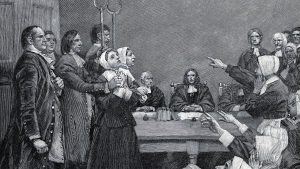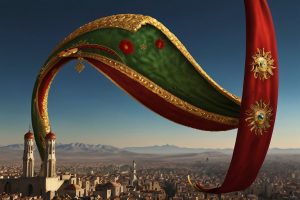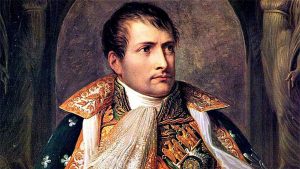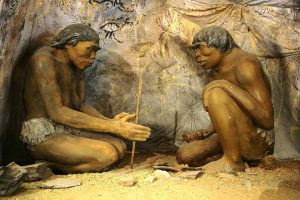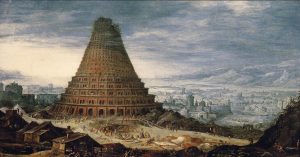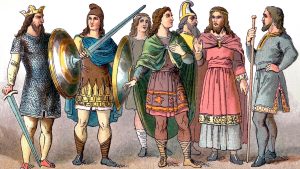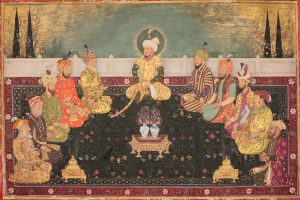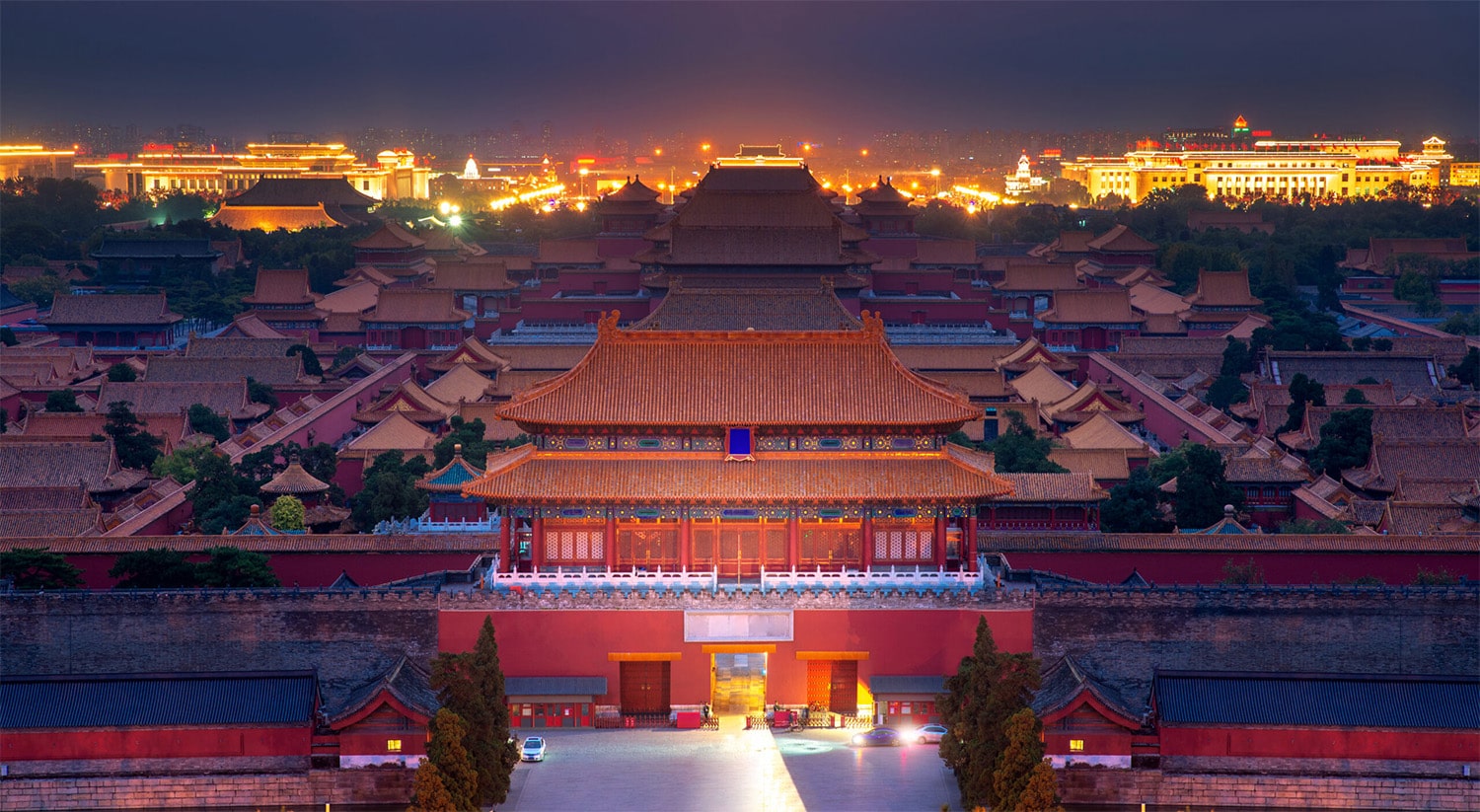
31 interesting facts about Ming Dynasty
- 👁️ 392
The Ming Dynasty, ruling from 1368 to 1644, is often remembered as one of the most stable yet autocratic periods in Chinese history. Founded by Zhu Yuanzhang, who later became known as Emperor Hongwu, the Ming Dynasty is noted for its cultural revival, technological advancement, and the strengthening of the Great Wall. This era also saw the construction of the Forbidden City, a monumental architectural achievement that still stands today. The dynasty’s influence extended beyond the borders of China, affecting trade and diplomacy with the distant corners of Asia and Europe. Here are thirty-one interesting and informative facts about the Ming Dynasty that highlight its historical significance and cultural legacy.
- The Ming Dynasty was established after the collapse of the Mongol-led Yuan Dynasty, marking the return of native Han Chinese rule in China.
- Zhu Yuanzhang, the first emperor, rose from humble beginnings as a monk before becoming a military leader and eventually the emperor.
- The capital was initially established in Nanjing but was later moved to Beijing by the Yongle Emperor, who constructed the Forbidden City.
- The Ming era is known for the completion of the Great Wall as it is largely seen today, reinforced with stone and bricks.
- The dynasty was known for its naval expeditions led by the admiral Zheng He, who sailed to Southeast Asia, the Middle East, and East Africa.
- Ming porcelain, known for its high quality and intricate designs, became highly prized in Europe and remains a symbol of Chinese artistry.
- The civil service examination system was expanded during the Ming Dynasty, emphasizing Confucian learning and reinforcing the power of the scholar-official class.
- The Ming code was compiled during this period; it was one of the most detailed collections of law in imperial China.
- Literature flourished under the Ming, including the publication of the famous novel “Journey to the West” by Wu Cheng’en.
- The dynasty saw significant developments in printing technology, including the introduction of color printing.
- Matteo Ricci, an Italian Jesuit priest, was one of the most famous European visitors during the Ming period, known for his efforts to bridge Western and Chinese cultures.
- The Ming Dynasty experienced a population boom, with the population doubling from 65 million to 150 million.
- The dynasty practiced a tribute system in foreign relations, which reinforced China’s position as the Middle Kingdom.
- The Chinese calendar was reformed under the Ming, leading to the more accurate calculations that influenced later developments in astronomy.
- The dynasty was a period of significant architectural achievements, including the construction of the Temple of Heaven in Beijing.
- Chinese landscape painting reached new heights during this period, with artists such as Shen Zhou and Wen Zhengming leading the way.
- The practice of foot binding among women became widespread during the Ming Dynasty, reflecting rigid social norms.
- In the late Ming period, China experienced a silver crisis due to the influx of silver from the Americas, impacting the economy.
- The fall of the Ming Dynasty was precipitated by a combination of internal strife, peasant rebellions, and Manchu invasion.
- Li Zicheng, a rebel leader, famously captured Beijing in 1644, leading to the eventual collapse of the Ming Dynasty.
- The last Ming emperor, Chongzhen, committed suicide in the imperial garden as the rebels closed in on the palace.
- The dynasty was known for its strict isolationist policies, especially in its later years, limiting contact with the outside world.
- Ming dynasty attire is characterized by the use of bright colors and dragon motifs, which were reserved for the emperor.
- The dynasty saw the first use of the mandarin square or rank badge, which officials wore to denote their rank and status.
- The Forbidden City, a palatial complex in Beijing built during the Ming Dynasty, contains 980 buildings covering 180 acres.
- The Grand Canal was renovated and expanded during the Ming era, which greatly facilitated trade and mobility within the empire.
- Classical Chinese novels such as “The Plum in the Golden Vase” and “The Romance of the Three Kingdoms” were completed during this period.
- The Ming tombs, located near Beijing, are the burial sites of 13 of the dynasty’s emperors.
- Ming China was one of the global leaders in ceramics, textile production, and other handicraft industries.
- The introduction of maize and sweet potatoes from the Americas during the Ming Dynasty contributed to agricultural diversity.
- The Jiajing Emperor was known for his obsession with seeking immortality, which influenced court culture and religious practices.
The Ming Dynasty’s contributions to culture, technology, and governance have left an indelible mark on Chinese history and continue to influence modern China. Its legacy of architectural marvels, advancements in literature and arts, and the strengthening of bureaucratic institutions underscored an era that was as complex as it was transformative. The fall of the Ming Dynasty ultimately paved the way for the rise of the Qing Dynasty, but the cultural and historical imprints of the Ming era endure, reflecting a period of profound significance and enduring influence in the rich tapestry of Chinese history.
